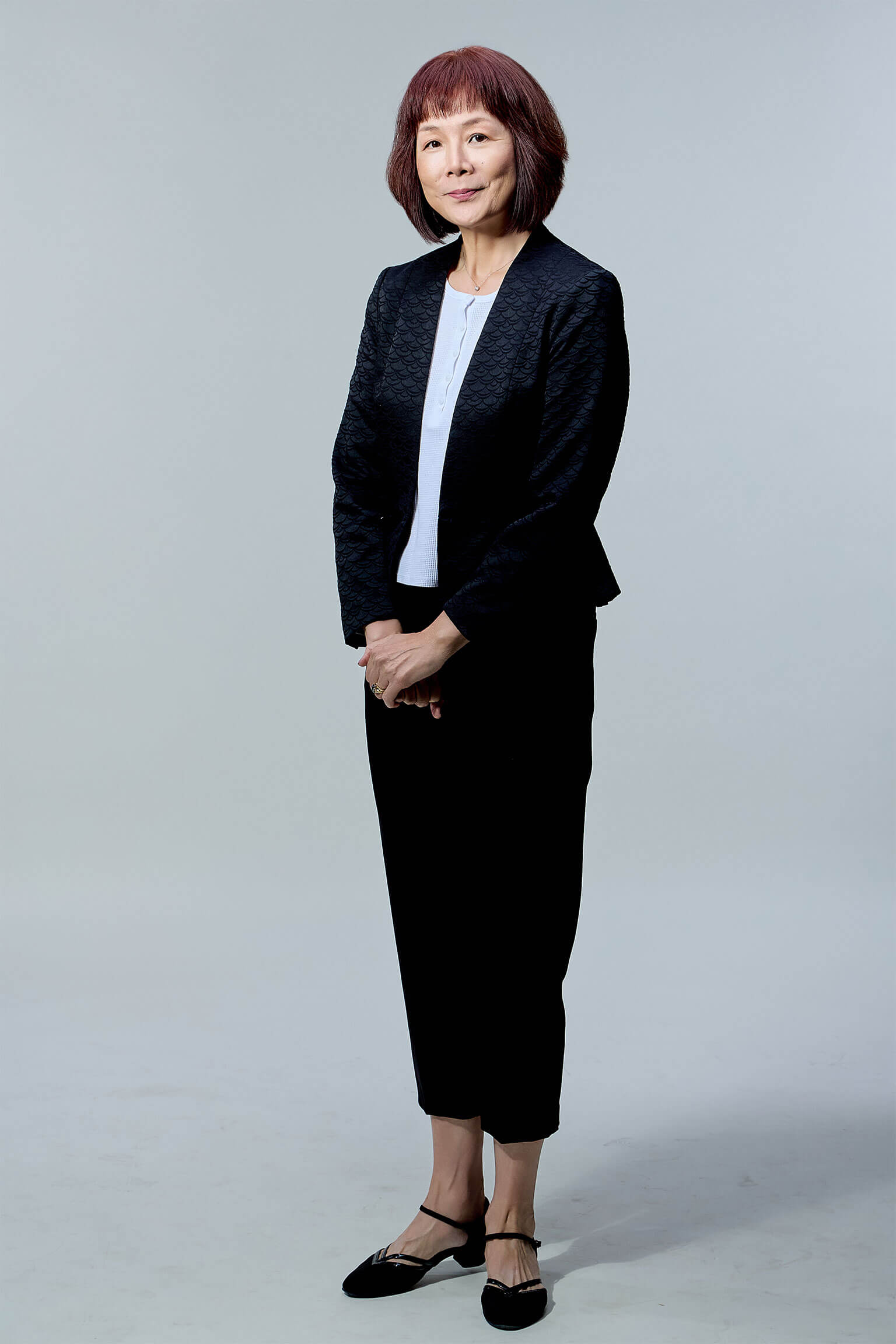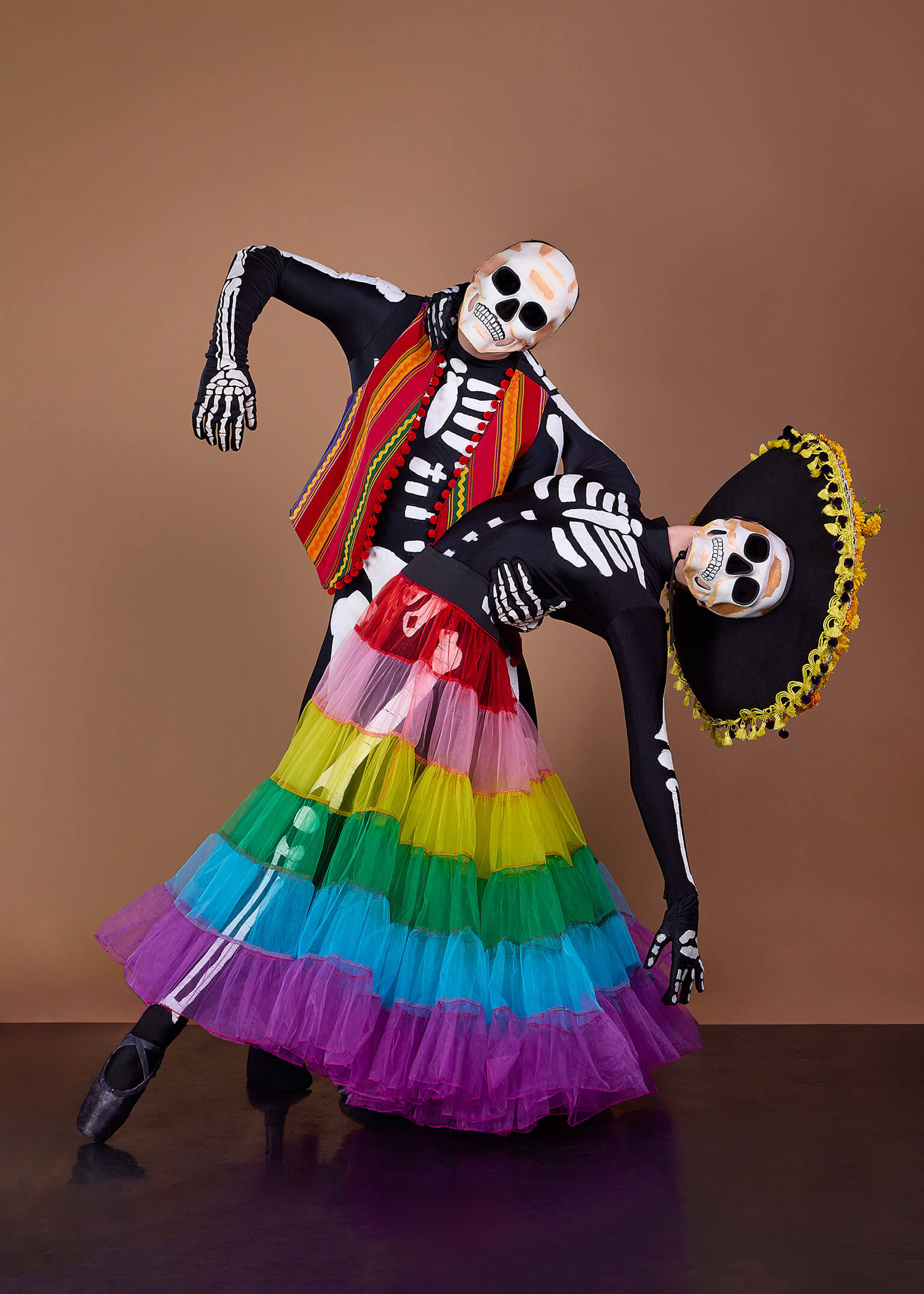Exploring Chieko Imada's Spirit Garden
Spirit Garden, a work by Associate Artistic Director and Resident Choreographer Chieko Imada, premiered in 2016 and quickly became a signature of Ballet Tucson’s repertoire. The ballet follows the turbulent but beautiful journey of a family, from separation in life to reunion after death. Throughout, it vividly illustrates the profound truths of life and death, which are celebrated during the upcoming holiday Día de Muertos. As Imada told the Arizona Star after its premiere, “I wanted to show the family joyful and comforted in their reunion, as a way of reminding people in the audience to embrace today and cherish the love and happiness in their own lives.” Its message, like that of the holiday, is forever timeless and enduring. Artistic Director Margaret Mullin and Imada recently sat down with me to share further insight on this Ballet Tucson icon.
Where did the initial inspiration for this work come from?
Imada: Ever since moving to Tucson and learning of its tremendous importance of the culture of our borderland region, I had always been curious about Día de Muertos. We have a vibrant parade here in Tucson called The All-Souls Procession; many years ago I went to see it and to join in the celebration. I was amazed by how much everyone treasured the chance to celebrate those who passed. I found it an incredible thing for people to have the opportunity to do that—I was inspired and wanted to make a ballet that celebrated life and death.

Associate Artistic Director and
Resident Choreographer Chieko Imada
Distinguished collaborators local to Tucson were involved in the creation of this work—speak to their places within it.
Mullin: Lawrence Lee was the leading collaborator on the project—he designed all the projections that you see on the cyc (backdrop), and also did costume designs. He created a lot of original artworks for the piece itself. He is a treasure of Tucson and had been a vital member of the Southwest art community for a very long time.
Much of the music is by Calexico, a celebrated band from Tucson—it was fantastic to collaborate with a group so admired within the city. This time we also had the amazing opportunity to introduce a couple of new musical sections into the piece by Misael Barraza-Diaz, a Mexican guitarist who is celebrated in Tucson and internationally.
Does the piece have a narrative intertwined throughout?
Imada: Yes—it starts with the Ofrenda scene. A neighborhood is celebrating people who have passed away by bringing gifts and delicious food to decorate the altar. It’s a gathering of both friends and family. A violent storm comes and the lead family is swallowed by a flood. The piece follows a father, mother, and daughter as they perish in the flood and are reunited after death.
What went into the preparation for this piece specifically?
Imada: Research is very important to me for every story I tell with choreography. I looked at South American celebrations from a variety of different places, even ancient figures like Mictlantecuhtli, the Aztec god of the dead. I researched numerous different characters and symbols relating to the holiday Dia de los Muertos and their individual significances—la catrina, marigold flowers, calaveras, and monarch butterflies especially. I also love the stories of brides and grooms, as they will be in love forever—they will be together even beyond the day that they die. Also In the wedding scene, there are skeleton couples and living couples who dance with each other, showing how life and death are constantly walking hand in hand. The living and the dead are always linked—we are influenced by, and connected to the ones we’ve loved and lost. The wedding scene I created will always be one of my favorites.

Dancers Sarah Wilkerson and
Edward Oyarce-Solomon
What is it like for Ballet Tucson to revisit the piece now six years later?
Mullin: Chieko pours so much of herself into each work. Spirit Garden was masterfully done, as are all of her works—it was exceptional from the beginning. Our current company dancers are such a fantastic group, and we have come so far as an organization. It is really exciting to bring the piece back after six years and share it with our new group of artists, as well as with some who are revisiting the work. So many of the dancers are newer to Tucson and are experiencing this ballet for the first time.
We are also very proud to have nine of our students from The School of Ballet Tucson as part of the production. It’s wonderful to see these special moments where our students get to work directly with the professional dancers of our company, who they admire so much. It’s exciting to see all of them (students and company alike) pouring themselves into a work that is a classic staple of our Ballet Tucson repertoire. They are doing an exceptional job and bringing new life to it.
What do you hope your audiences take away from this piece?
Imada and Mullin: The spirit of Día de Muertos is inspiring and beautiful. There is so much wisdom to explore within the holiday—the nature of existence, the beauty of celebrating life, the legacies of those we have lost, and how our connection with them is enduring, even beyond death. It’s touching, powerful, and heartening. It’s so hard to lose the people we care about, but this holiday is there to remind us they are always with us, to celebrate who they were, and remember their lives. Though we are sad to lose them, they should be celebrated for what they meant to us. We hope to remind people of the beautiful importance of the lessons this holiday brings and the importance of love. This world can be a challenging place, but love is uniting and powerful. It’s important to find moments like this to reflect on that.
Interview by nationally recognized dance writer Emma Love Suddarth.
Photos by Carlos Chavez.
Featured Ballet Tucson dancers: Sarah Wilkerson and Edward Oyarce-Solomon
